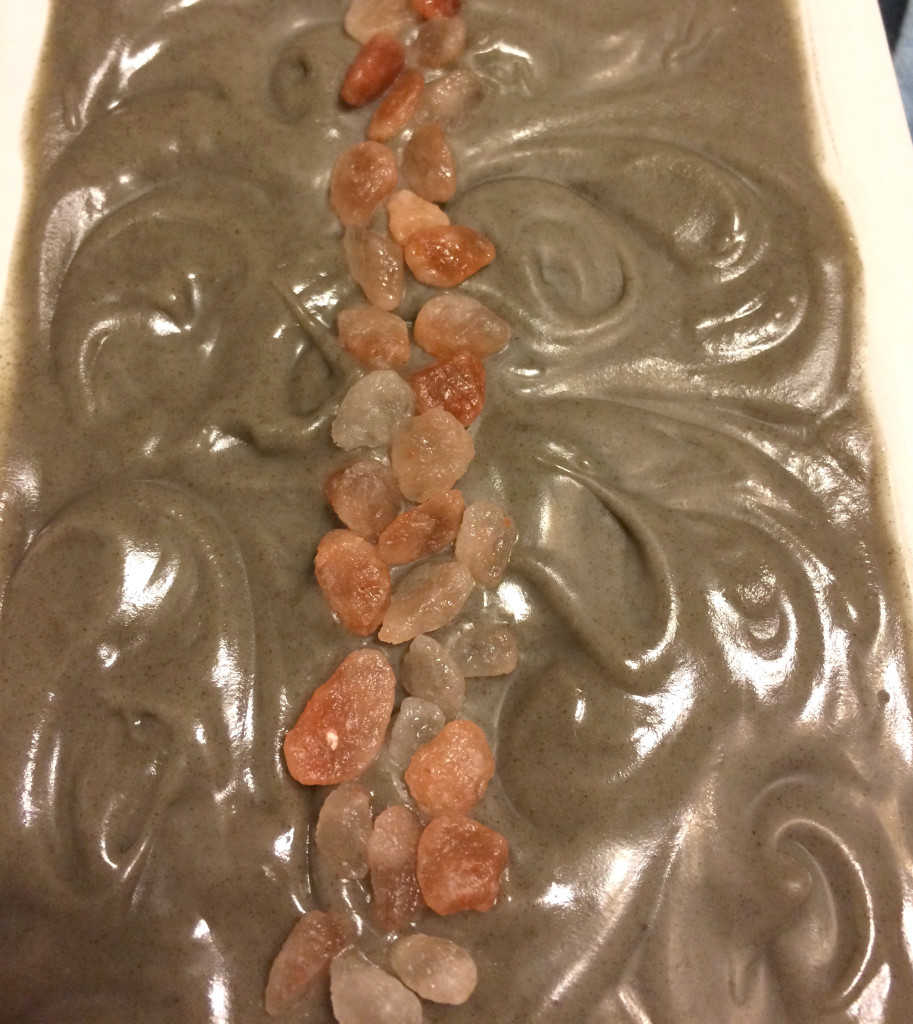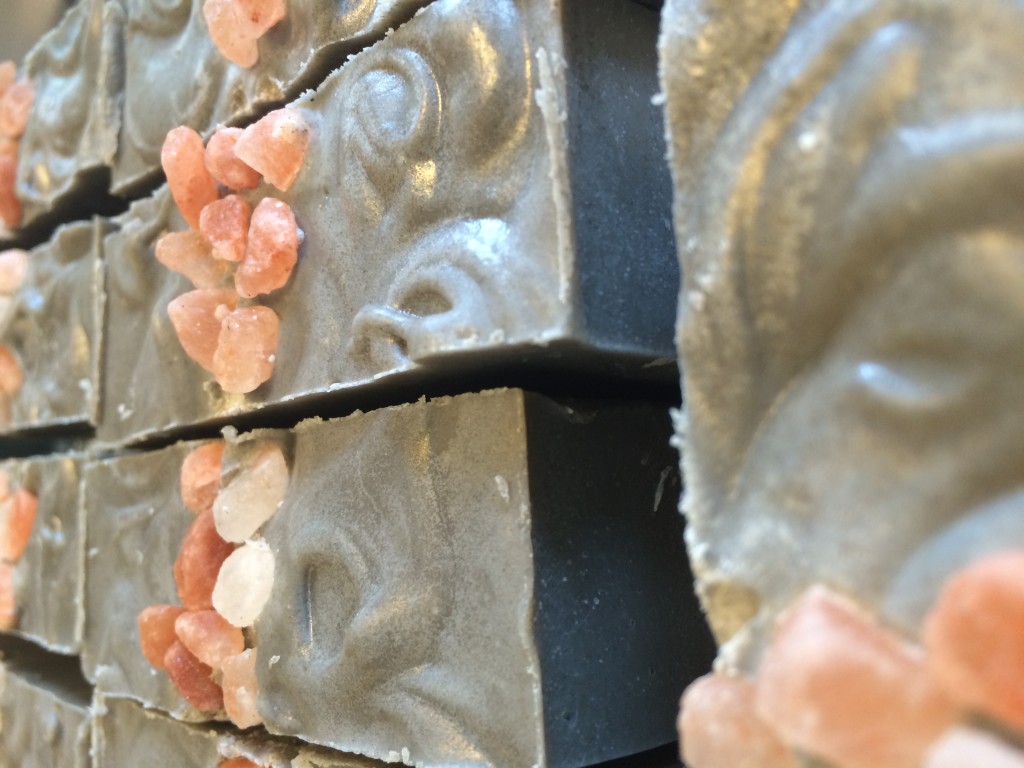Nothing smells more like summer coming on than the scent of honeysuckle. I lived in Georgia for a long time, and it grows simply everywhere. I did find a patch of it here in Worcester even. I smelled it when I was out walking, and there is no mistaking that scent. In fact, when I participated in the S.O.A.P. Panel, it was the only scent I could identify among the test scents because I know it so well. I purchased the fragrance as soon as Bramble Berry started selling it. My batch of Heavenly Honeysuckle soap sold well last year, and I hope people like it with some changes I made to the colors.
I love the way wet soap looks, don’t you?
By the way, I used Nurture’s micas in this soap: Amaranth Pink, Yellow Vibrance, and Pink Vibrance. I am really in love with Nurture’s micas. No one is paying me to say that, either.
I’m not sure what will happen when I cut this one. Last time, I had some titanium dioxide crackle, which sometimes happens with heat like this fragrance generates. It’s a floral, and if you’ve soaped florals before, you may know they can misbehave. Sometimes I think titanium dioxide crackle looks cool. We’ll see what happens when I cut it.

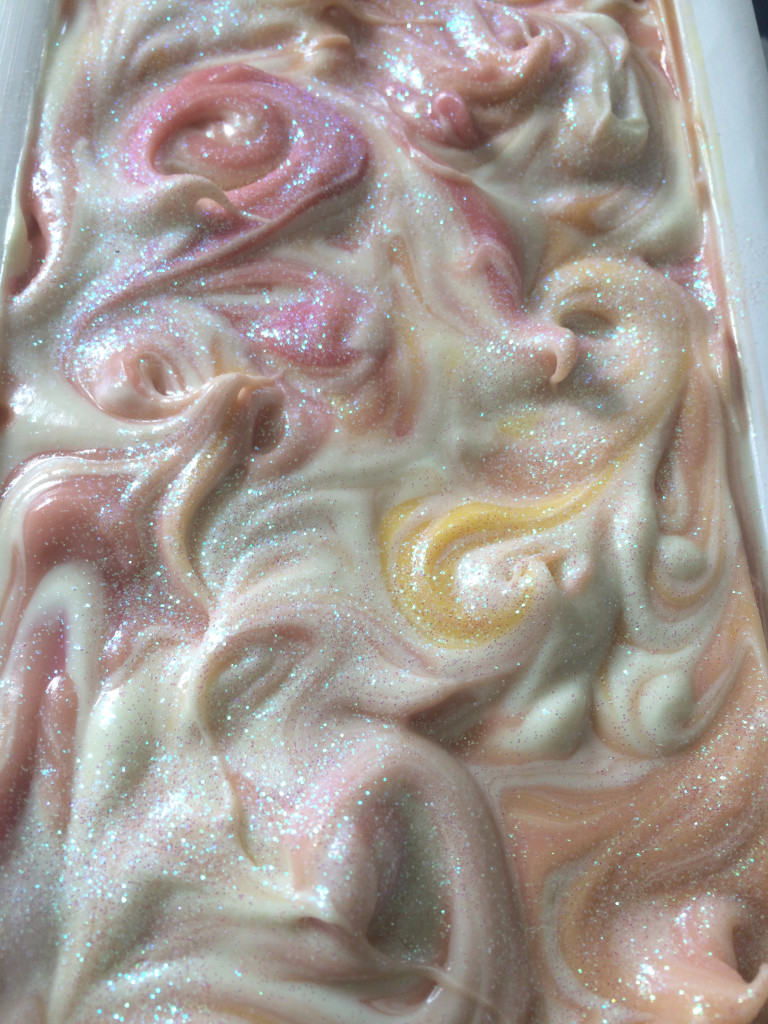
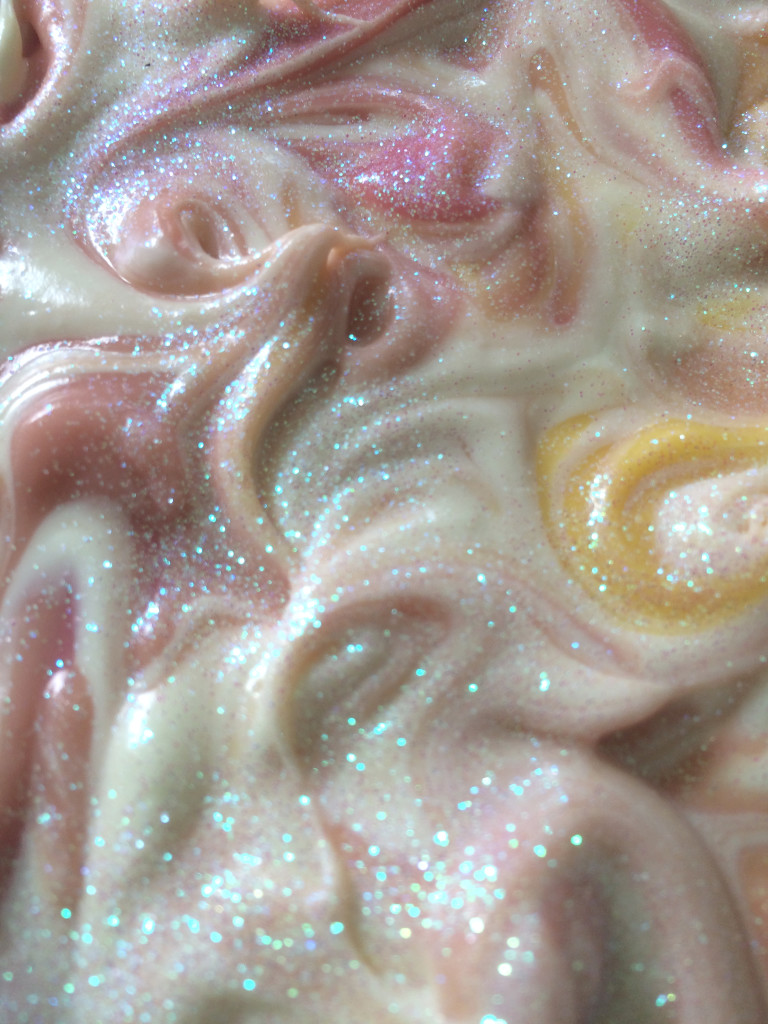
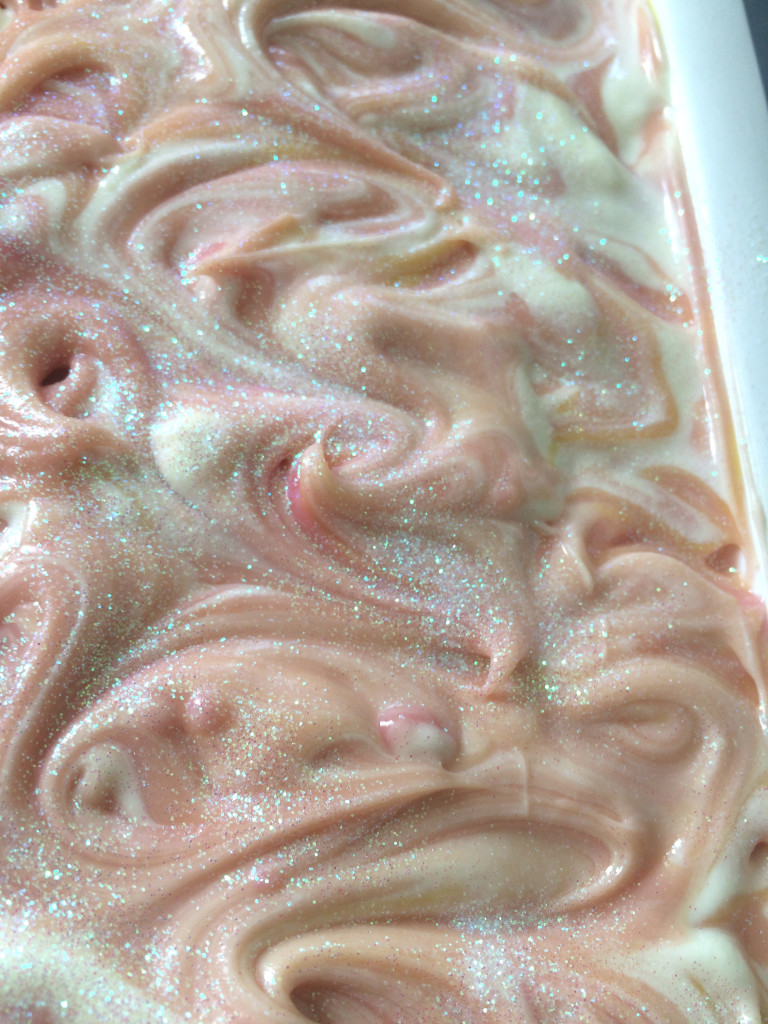
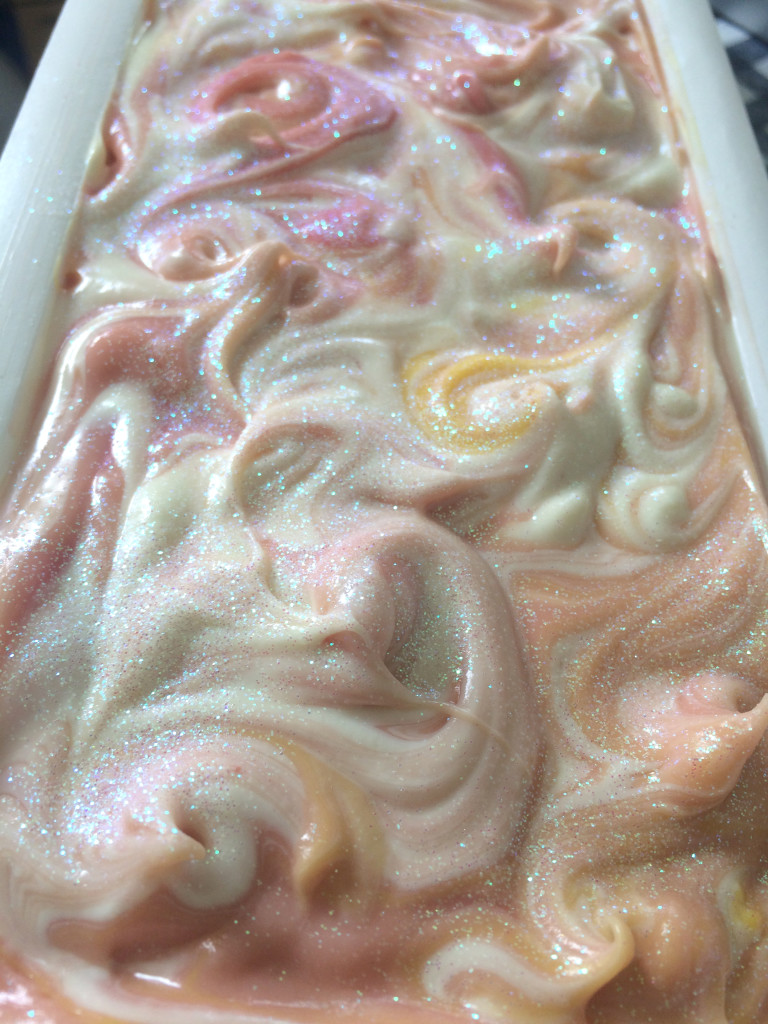
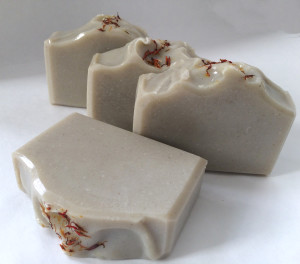 If you’ve been following some of the news surrounding the
If you’ve been following some of the news surrounding the 